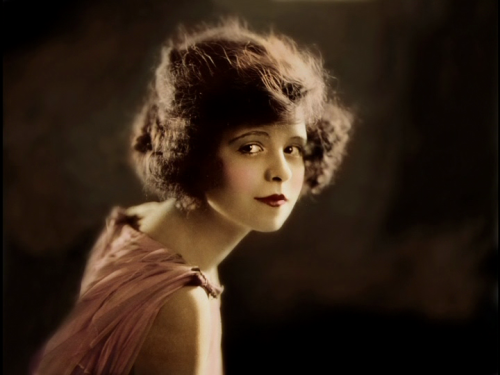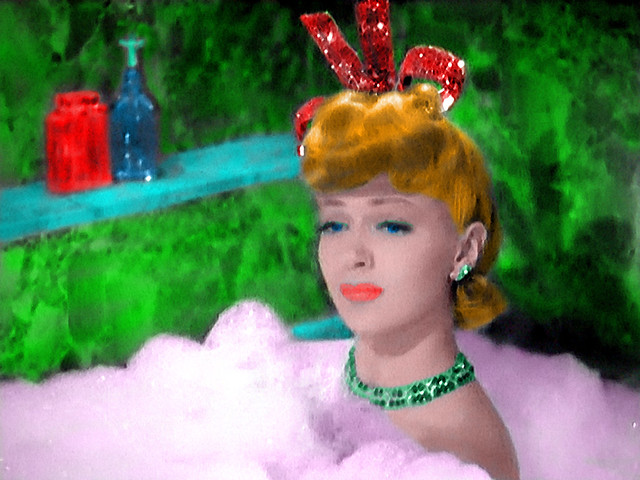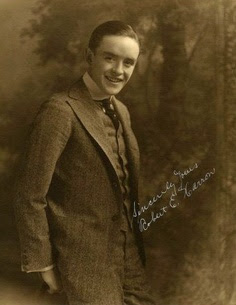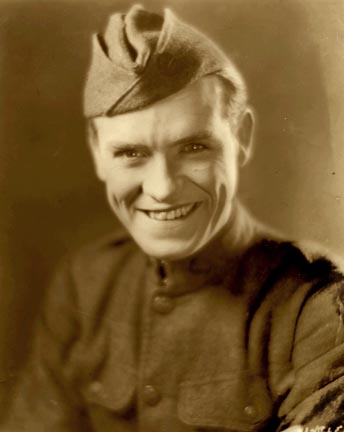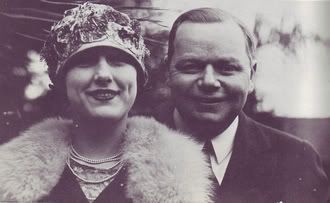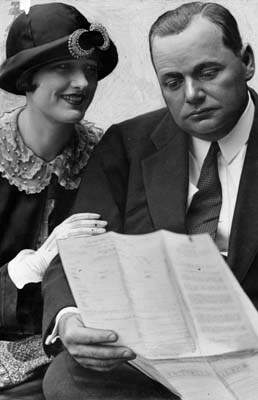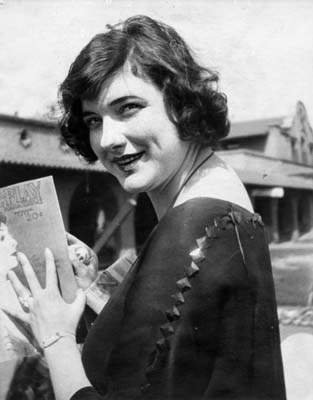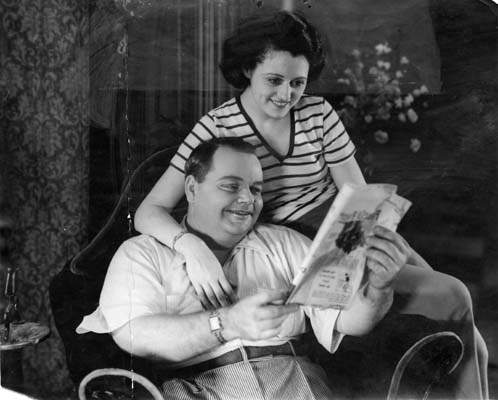I am itching to go back to California and visit some old friends. And by old friends I am of course referring to my silent film friends: Buster, Rudy...etc. But, since I can't right now, I figured why not take a little trip around the world and check out some silent stars who graced the screen in other countries.
Marcella Albani
Born in Albano Laziale, Italy
Made films in Italy, Germany, Austria, France, and Czechoslovakia
Francesca Bertini
Born in Florence, Italy
In 1915 she was was making over $170,000 in pictures, beating Mary Pickford to the punch as the highest paid actress during that time.
Lyda Borelli
Born in Rivarolo Ligure, Italy
Her son, Giorgio Cini Jr. was engaged to Merle Oberon, but sadly he died in a plane crash before they were wed.
Elga Brink
Born in Waidmannslust, Germany
Appeared in films from 1922 through 1951
Maria Carmi
Born in Florence, Italy
Her and husband created the perfume company Prince Matchabelli
Patience Cooper
Born in Calcutta, India
Was one of the first stars of Bollywood
Maria Corda
Born in Deva, Hungary
Was married to director Alexander Korda from 1919 til 1930
Leda Gys
Born in Rome, Italy
Her birth name was Giselda Lombardi. Her stage name was created by an Italian poet.
Lilian Harvey
Born in Hornsey, England
Helped people persecuted by the Nazis escape until she herself had to escape.
Maria Jacobini
Rome, Italy
Her sister, Diomira, was also an actress.
Vera Karalli
Born in Moscow, Russia
Was also a ballerina for the Bolshoi
Sumiko Kurishima
Born in Shibuya, Japan
Considered the first female Japanese movie star
Ruan Lingyu
Born in Shanghai, China
Also credited as Lingyu Ruan, she committed suicide at age 24 which made her an icon in the history of Chinese film.
Mia May
Born in Vienna, Austria
She didn't begin her film career until she was 34 years old.
Raquel Meller
Born in Tarazona, Spain
Sarah Bernhardt once called her a genius.
Pina Menichelli
Born in Castroreale, Italy
She retired from the screen at age 34.
Karin Molander
Born in Vardinge, Sweden
Appeared in a film called Erotikon, about a professor obsessed with the sexual life of bugs...yeah...
Musidora
Born in Paris, France
Her real name was Jeanne Roques
Henny Porten
Born in Magdeburg, Germany
She, and her films were boycotted by the Nazi regime because she was married to a Jewish man.
Elena Sangro
Born in Vasto, Italy
Her birth name was Maria Antonietta Bartoli Avveduti
Kinuyo Tanaka
Born in Yamaguchi, Japan
Was the first female Japanese director
Wanda Treumann
Born in Koclin, Poland
Disappeared off the map around 1922. It is assumed she died during WWII.
Olga Tschechowa
Born in Alexandropol, Armenia
Before she died at age 82, she ordered a class of champagne, toasted her granddaughter and said, "Life is beautiful!" What a way to go!
Truus Van Aalten
Born in Arnhem, Netherlands
When the Nazis came to power, she had to stop acting. When she refused to act in their propaganda films, she had to retire completely.
Hanni Weisse
Born in Chemnitz, Germany
Went AWOL after her last film in 1942. All that is known about her is that she died in 1967.







































